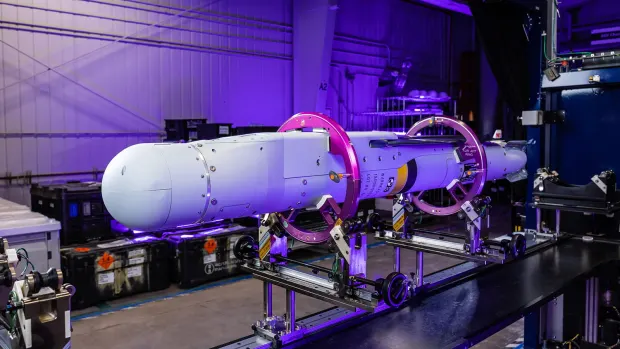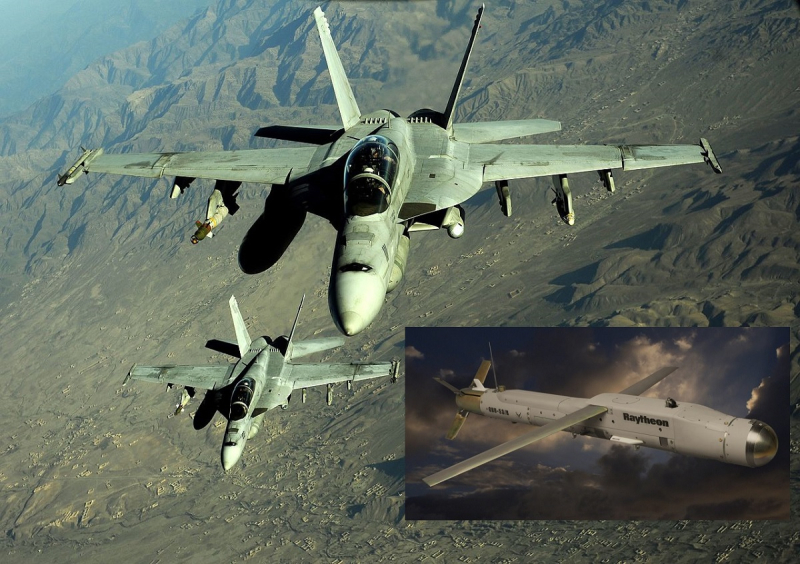Section partner?


The U.S. Navy has fielded the F/A-18 Super Hornet with the breakthrough, high-tech Stormbreaker weapon, capable of tracking moving targets up to 40 miles (64 km) away and using three different types of targeting technologies.
This is a new generation of air-dropped bombs that have been developed by the military-industrial complex and Raytheon for many years, and now this weapon is ready and has entered service with the US Navy, WarriorMaven reports.

Development of this weapon began under the name Small Diameter Bomb II, and its main advantage is the “tri-mode” seeker – a guidance, sensing and targeting system capable of using infrared and millimeter waves and semi-active laser technologies to track targets. Stormbreaker uses a two-way data link to track targets in all weather conditions. Although it is an aerial bomb rather than a cruise missile, it has much the same ability as the Tomahawk to “stay” to a certain extent, tracking changes in the target's position.
Paul Ferraro, president of Raytheon's Air Power division, speaks of the Stormbreaker's versatility, noting that it gives “aviators the ability to engage targets in complex and dynamic scenarios.”
The StormBreaker features an innovative multi-mode seeker that guides the weapon using an infrared camera, millimeter wave radar and semi-active laser in addition to or in conjunction with GPS and inertial navigation guidance system.
The weapon is not only all-weather thanks to the use of millimeter wave technology, but has additional blasting capabilities, as well as energy or blast options. The integration of new explosive materials and warhead components allows the weapon to destroy tanks. In particular, Stormbreaker warheads are equipped with shaped charge jets, fragmentation and other technologies for this purpose.
The delayed Demoman in Stormbreaker can provide additional permeable effects designed to hit the armored exterior and explode deep into the vehicle, maximizing its destruction. Fragmentation during detonation can expand the tank's impact area, making its explosive ammunition compartment more vulnerable.
The technological ability to destroy tanks could have tactical implications for Navy warships that must track and blast enemy warships, surface drones or coastal targets. Perhaps additional penetration effects, the use of delayed ignition, or the use of new explosive materials will help penetrate the hull of an enemy warship and cause much more damage to its functionality.
Section partner?


Brave Inventors is a national platform for inventors and wartime inventions. Here you can post your military inventions, talk about developments and prototypes, find the necessary funding or mentor, and also get more opportunities for cooperation with manufacturers, enterprises and businesses. You can support inventions using this link.

